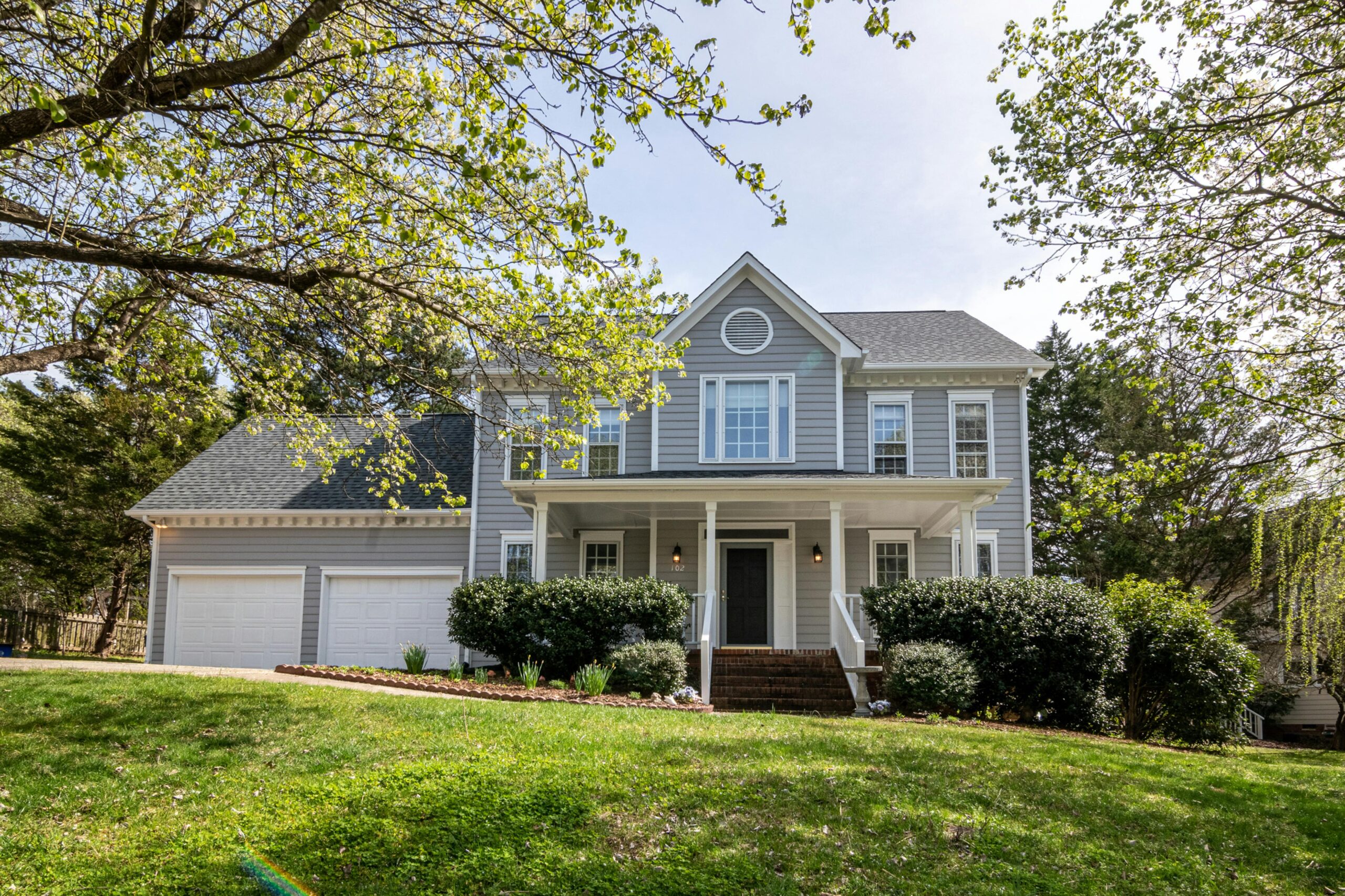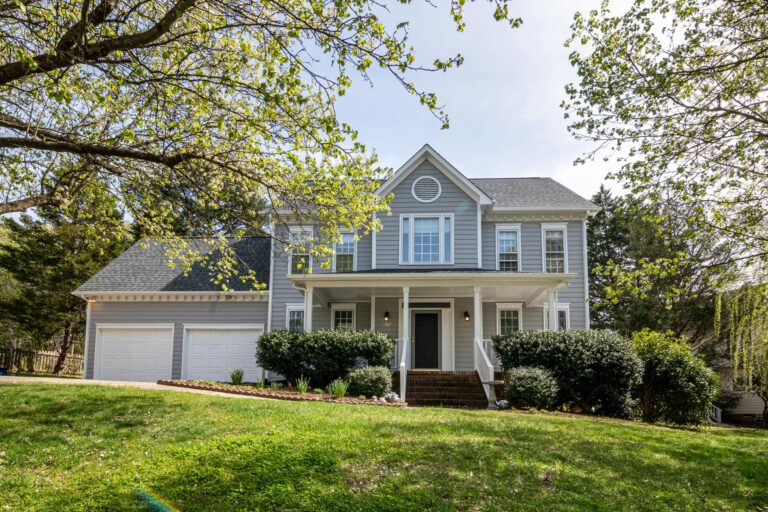
The American housing market is flashing warning signs that a downturn may be underway. After years of soaring home values, fierce bidding wars, and record-low inventory, recent data points to a notable shift in momentum. Home prices are softening, sales are slowing, and inventory is piling up. For many, this raises an urgent question: Are we heading toward a full-blown housing downturn?
This article examines the key indicators signaling trouble, the reasons behind the shift, its implications for buyers, sellers, and investors, and what could happen next in the U.S. housing market.
1. Falling Home Prices
One of the clearest signs of a slowdown is the recent decline in home prices across many U.S. markets. According to data from Redfin and Realtor.com, the national median home price has slipped by nearly 5% from its peak in mid-2022, and the pace of annual growth has cooled dramatically. In fact, year-over-year growth in May 2025 slowed to just 1.8%, the weakest rate since 2012.
Some regional markets are seeing even steeper drops. For example:
-
Cape Coral, Florida, which saw home prices surge over 75% during the pandemic, is now experiencing price declines of up to 11%.
-
Austin, Phoenix, and Boise, once red-hot markets are facing double-digit price cuts and high inventory levels.
These corrections may be healthy in the long run, but they also reflect a market losing its footing.
2. Inventory Is Climbing
Inventory, the number of homes available for sale, has risen sharply in the past year. As of June 2025, national inventory is up 31% year-over-year, marking the highest supply level since the mid-2010s. There are currently over 2 million active listings, representing more than 3 months of supply, a significant change from the days of one-week listings and over-asking offers.
This increase is due to a combination of factors:
-
Sellers listing homes in fear of falling prices.
-
Slower buyer activity due to affordability concerns.
-
More completed homes hitting the market as builders catch up from COVID-era delays.
While more inventory benefits buyers, it also means sellers must compete harder, often by reducing prices or offering incentives.
3. New-Home Sales Are Plummeting
Builders are feeling the pinch as well. In May 2025, new-home sales fell by 13.7%, marking a seven-month low, according to the U.S. Census Bureau. This drop coincides with a sharp decline in construction spending, down 0.5% in the residential sector from the previous month.
Many builders are reacting by slashing prices or offering incentives:
-
Nearly 37% of builders reported price cuts in May.
-
Up to 62% offered mortgage rate buydowns, upgrades, or other concessions to attract hesitant buyers.
This level of discounting signals that the new-home market, once a pillar of strength, is now struggling to sustain demand.
4. Mortgage Rates Remain Elevated
Affordability is the main factor slowing the market, and mortgage rates are the biggest culprit. As of June 2025:
-
The 30-year fixed mortgage rate hovers around 6.77%, according to Freddie Mac.
-
While this is slightly down from 2023 highs (over 7%), it’s still significantly higher than pre-pandemic levels.
At today’s rates, monthly payments on a median-priced home are hundreds of dollars more expensive than just a few years ago. For first-time buyers and lower-income households, these costs are often insurmountable leading many to delay purchasing or rent instead.
5. Buyer Fatigue and Cancellations Are Rising
Buyers are not just pausing, they’re walking away. Real estate agents and industry analysts report an uptick in purchase cancellations, with some builders noting cancellation rates approaching 20% in certain markets. This is the highest May cancellation rate since 2017.
Why are buyers backing out?
-
They’re locking in mortgage rates and then reconsidering due to payment shock.
-
They’re waiting for better deals or fearing the value of their new home could fall soon after closing.
-
They’re finding more options and less urgency, making it easier to walk away.
In addition, pending home sales have stagnated, and showing activity is down in many major metros.
6. Rent Growth Is Slowing
During much of the past decade, rising rents helped fuel investor interest and supported high home valuations. But now, even the rental market is cooling.
-
National rent growth has slowed to just 0.6% YoY, the weakest pace since 2020.
-
Sunbelt cities like Tampa, Atlanta, and Phoenix are experiencing outright rent declines due to oversupply.
-
Vacancy rates are creeping up, especially in suburban and newly built rental communities.
This softening puts additional pressure on investor returns, and reduces the incentive for landlords and institutional buyers to continue purchasing properties at high prices.
7. Consumer Sentiment Is Wavering
The University of Michigan’s Consumer Sentiment Index shows that confidence in the housing market has dropped to multi-year lows. Many consumers believe now is not a good time to buy, citing high prices and borrowing costs.
This sentiment, whether rooted in reality or perception, plays a huge role in housing activity. When people feel uncertain, they’re less likely to take on major financial commitments, especially one as significant as a home purchase.
8. Economic Headwinds Could Make It Worse
While the housing market isn’t collapsing like it did in 2008, macroeconomic risks remain:
-
Job market cooling: Though unemployment remains low (around 4%), hiring has slowed in sectors like construction, tech, and finance.
-
Consumer debt is rising: Credit card delinquencies and auto loan defaults are ticking up, adding financial pressure to households.
-
No quick fix in sight: The Federal Reserve remains cautious about cutting rates, focusing instead on inflation, which has been stubbornly sticky.
A broader economic slowdown could further chill housing demand and hurt home values, particularly in overbuilt or overpriced markets.
What Does This Mean for You?
If you’re a buyer: You may benefit from increased leverage in negotiations. More inventory, less competition, and builder incentives can work in your favor, but don’t expect a fire sale. Make sure your budget can handle current rates, and keep an eye on price trends in your target area.
If you’re a seller: Pricing realistically is key. Overpriced homes are sitting on the market, while well-priced listings are still moving. Be prepared for longer days on market and buyer requests for concessions.
If you’re an investor: Cap rates are under pressure as both rent growth and home appreciation slow. Be strategic about market selection and avoid areas with oversupply or demographic outflows.

A Cooling, Not a Crash, Yet
The U.S. housing market is cooling, and the signs of a downturn are piling up: falling prices, softening demand, higher inventory, and cautious consumer behavior. But this isn’t 2008.
Lending standards are stronger, homeowner equity is high, and a full-on crash is unlikely barring a major economic shock. Still, the current shift demands attention from everyone: buyers, sellers, builders, investors, and policymakers.
The next 6–12 months will be crucial in determining whether the market stabilizes, resets, or slides further. In the meantime, staying informed and making data-driven decisions is more important than ever.





